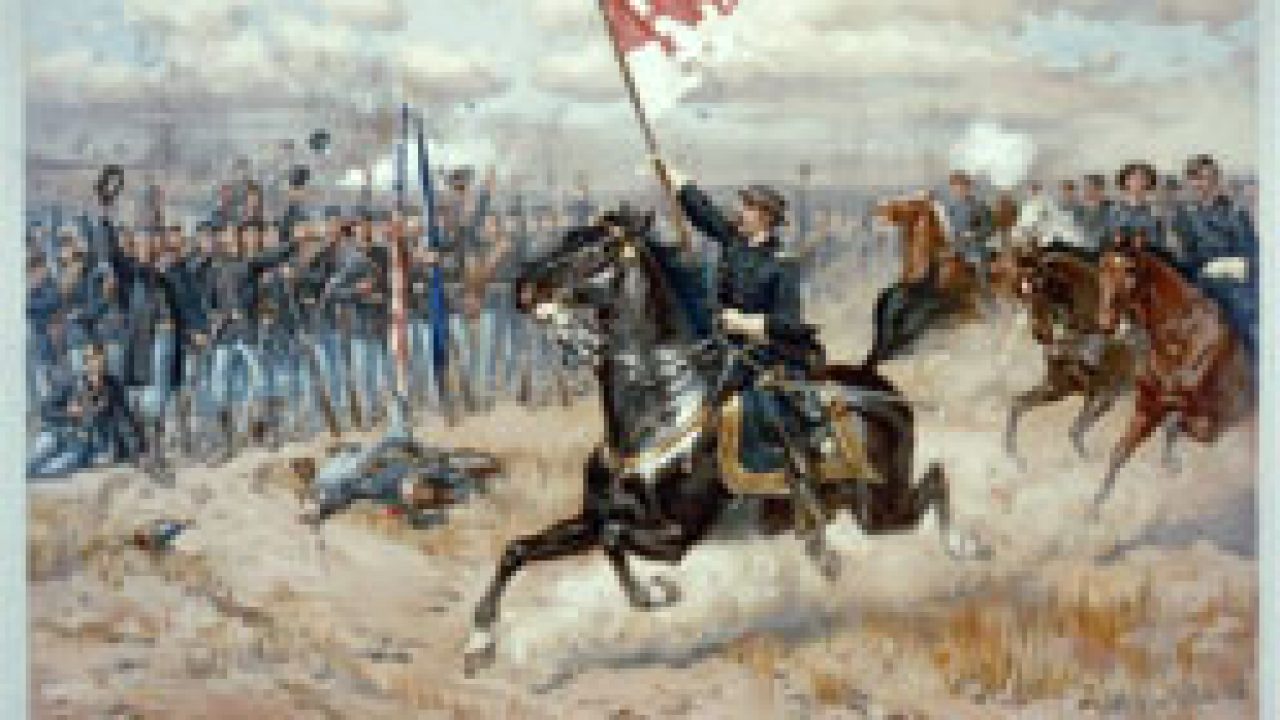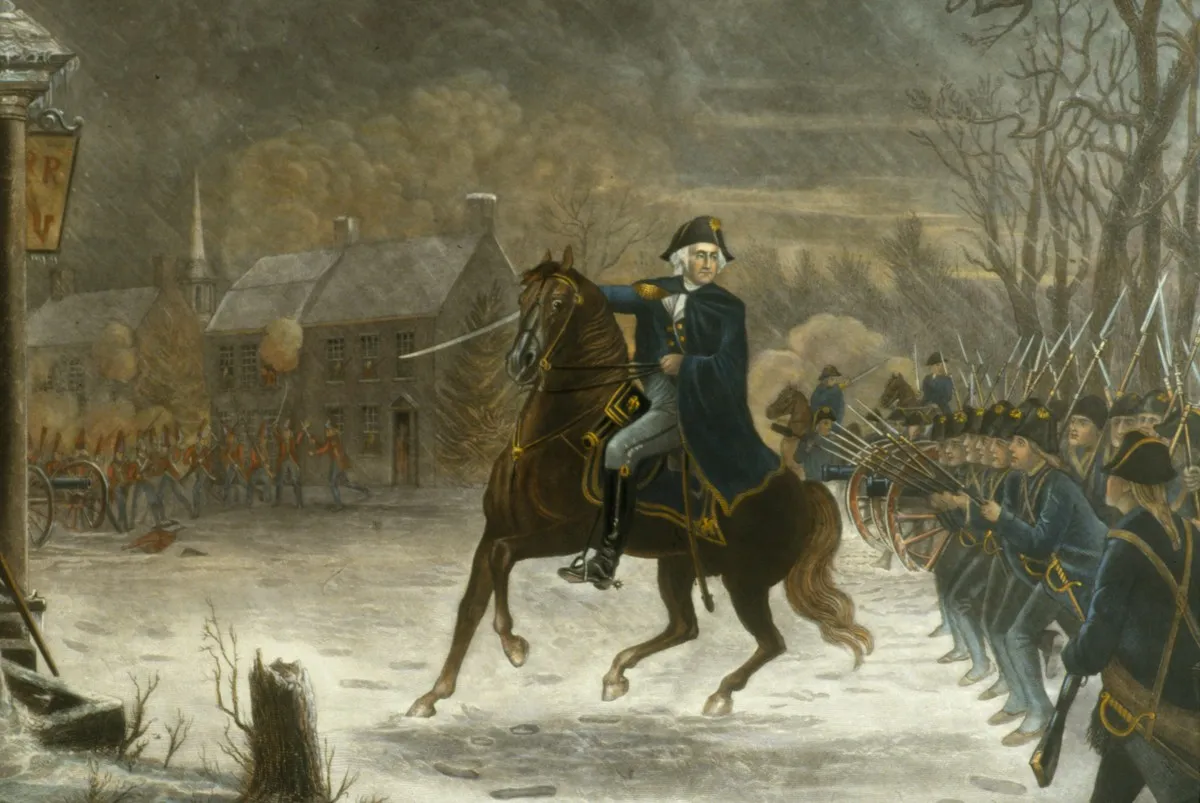War Horses: Cavalry Through the Ages

War horses have played a pivotal role in military history, serving as the backbone of cavalry units from ancient times to the modern era. This article explores the evolution of cavalry, the types of war horses used, their training, and their impact on warfare.
Introduction to War Horses

War horses are specially bred and trained horses used in battle. Their strength, speed, and endurance made them invaluable assets for mounted soldiers, enabling rapid movement, shock tactics, and enhanced battlefield communication.
Historical Evolution of Cavalry
| Era | Cavalry Role | Notable War Horses & Breeds | Key Developments |
|---|---|---|---|
| Ancient Times | Light and heavy cavalry for charges and scouting | Arabian horses, Nisean horses | Introduction of chariots, early cavalry tactics |
| Medieval Period | Knights on heavy warhorses (destriers) | Destriers, Andalusians, Friesians | Plate armor for horses, lance tactics |
| Early Modern Era | Dragoons and mounted infantry | Thoroughbreds, Hanoverians | Use of firearms, increased mobility |
| 19th & 20th Century | Decline of traditional cavalry, mechanization begins | Various breeds adapted for speed and endurance | Transition to armored vehicles and tanks |
Types of War Horses
- Destrier: The iconic medieval warhorse, known for strength and agility.
- Courser: Faster and lighter than destriers, used for quick strikes.
- Rouncey: A general-purpose horse for riding and battle.
- Arabian: Valued for endurance and speed, widely used in various armies.
Training and Care
War horses underwent rigorous training to remain calm under fire, respond to commands swiftly, and endure long campaigns. Their diet, grooming, and medical care were critical to maintaining their effectiveness.
Impact on Warfare
Cavalry units revolutionized warfare by providing mobility, shock power, and reconnaissance capabilities. The psychological impact of a cavalry charge could break enemy lines and morale.
Frequently Asked Questions (FAQ)
Q1: Why were Arabian horses preferred in ancient cavalry?
A1: Arabian horses were prized for their stamina, speed, and ability to thrive in harsh desert conditions, making them ideal for long campaigns.
Q2: How did the role of cavalry change with the advent of firearms?
A2: Firearms reduced the effectiveness of traditional cavalry charges, leading to new tactics such as mounted infantry and eventually mechanized units.
Q3: Are war horses still used in modern militaries?
A3: While traditional cavalry is largely obsolete, some ceremonial units and specialized roles still use horses today.
War horses symbolize the enduring bond between humans and animals in the art of war, reflecting centuries of military innovation and adaptation.
